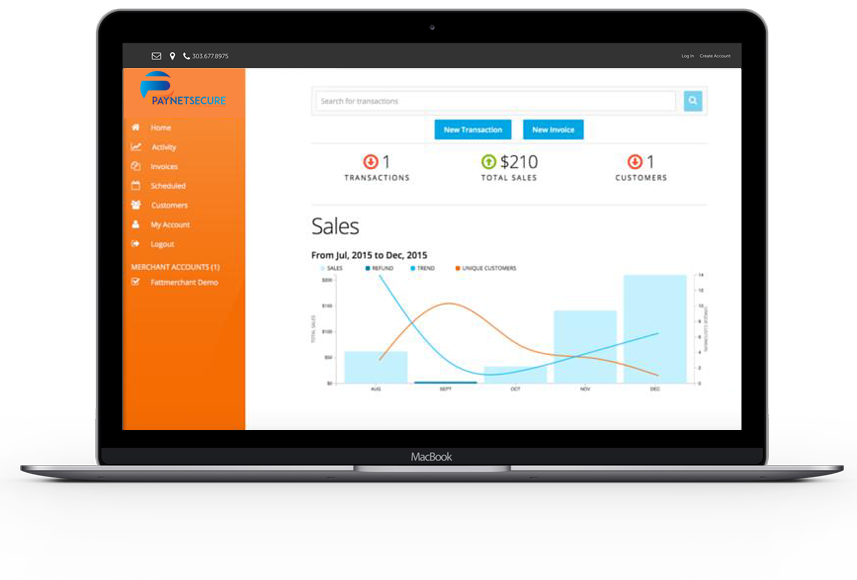The vast majority of card transactions combine 2 elements: authorization and capture. Once the card information is received, authorization of the amount of the purchase is obtained from the issuing bank, and, if approved, the card is charged. The transaction is automatically set for settlement to the merchant.
Sometimes a transaction is submitted for authorization only. A common use of authorization only is if a merchant wants to verify the availably of funds on a buyer’s card before finalizing the order. It is also used by merchants if they don’t have an item in stock or they want to review orders before shipping.
A capture only transaction is used to complete an authorization only transaction. The previously authorized amount is captured (the amount is charged to the buyer), and the transaction is sent for settlement to the merchant.
An authorization only transaction and a capture only transaction together are considered one complete transaction
A credit transaction is used to refund customers for payments that were previously processed and successfully settled to the merchant.
For more information, contact info@paynetsecure.net
